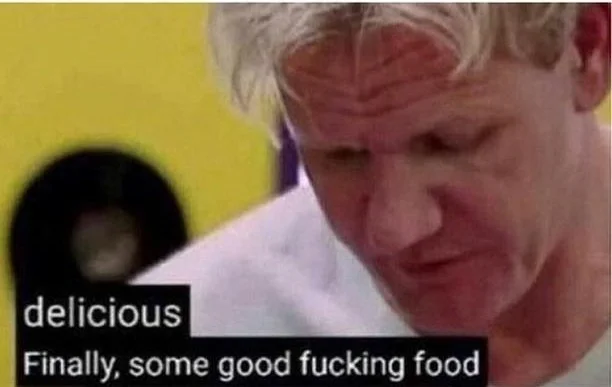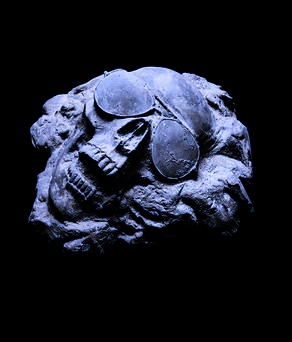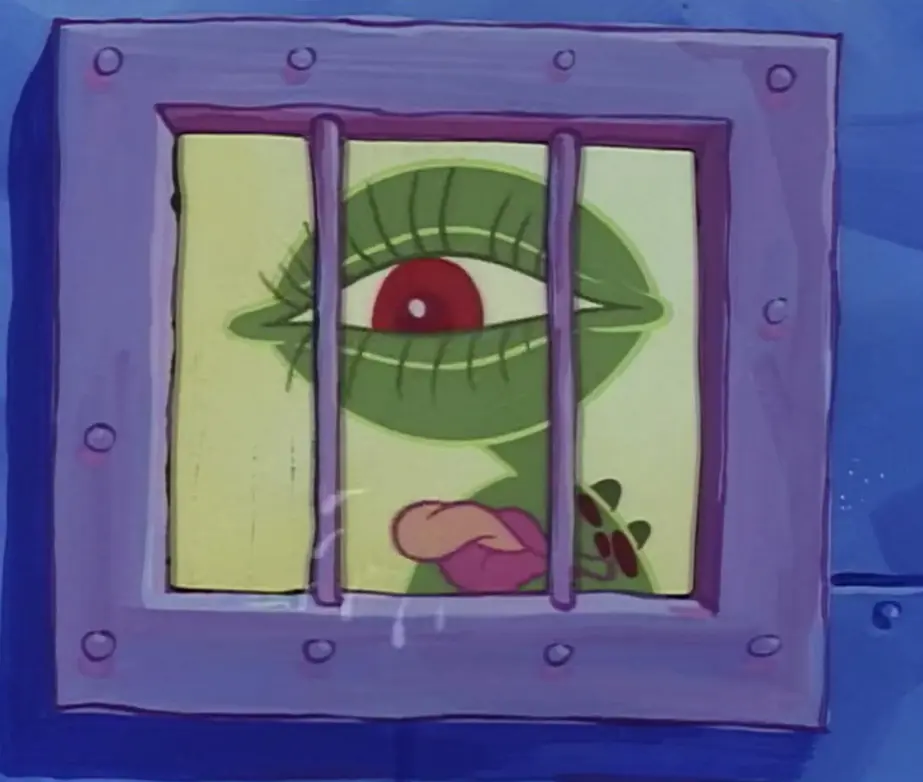I’m worried that this will scare off potential new composters, as it includes a lot of complicated rules and a decent amount of labor. Composting is definitely a case of “don’t let perfect be the enemy of good”!
If your main goal is to cut down on food scraps and other plant matter in the garbage bin, you really do not need to follow this many rules and procedures. You can definitely toss all plant matter and eggshells in a container or pile, throw in any brown paper that comes your way (it’s often used in lieu of Styrofoam in online orders nowadays, but there’s also cardboard egg cartons, brown paper bags, etc, and don’t forget fallen leaves in autumn!), occasionally stir it up (or not), and come out the other end with something that might not be ideal compost, but you’ll have at least dramatically reduced the amount of food waste that ended up in your trash can.
I avoided composting for years because I didn’t think I had the right materials, space, mix of ingredients, etc etc. I only got into it because my jump-into-projects-headfirst spouse one day built a compost bin. Composting is also best learned while doing, and trying to get it all right from day one is a recipe for failure!
Noob question, but what’s the point of alternating between layers of greens and browns if you’re supposed to mix it all afterwards?
If you read my top-level comment, you’ll see I’m not a big fan of this infographic. It makes composting out to be way more complicated than it actually is, and implies that composting is like a cooking recipe: leave out one ingredient or add something at the wrong time and the whole thing turns out wrong. For instance, I’ve never added grass clippings (no lawn), shredded paper/cardboard* (don’t trust it to be chemical-free), or soil (except soil stuck to dead plant roots; I’ve read it slows down the composting process) to my compost bin.
At my house, stuff goes in the compost bin as it’s available: kitchen scraps as they’re produced, garden waste as the seasons change and I swap out plants for the next round of crops, etc. I do maintain a box of brown matter so I can sprinkle some in from time to time to keep the bin from getting too smelly. I definitely don’t add the “correct” ratio of green:brown matter as I produce way more of the former than the latter, and I’m not about to go out and obtain more materials just for the sake of keeping my compost balance perfect. Someday when I’m not renting and have more space than my current postage stamp yard and more control over my yard, I want to produce better compost with more balanced ingredients, better temperature regulation, and more regular turning so I can create a more self-sufficient garden that doesn’t require buying dozens of bags of compost every year. However even working within my current constrained situation I’ve managed to keep a massive amount of organic matter out of the trash bin, and even produce some enrichment I can add to my less fussy plants’ soil.
tl;dr: the layers are not actually important in practice, but they make for a nice, clean infographic. If you’re new to composting, the most important thing is to just focus on what is/is not compostable.
It’s really just that it 1. makes it easy to judge that you have a good ratio, and 2. gives you a start to intermixing them. You really shouldn’t leave it in layers, except maybe to have some dry stuff on top to help keep it from drying out. Mix as thoroughly as is reasonable.
Step 10- pee on it
Every frickin’ day, comrade. I aim for the big ol’ lizard that’s been living in mine and eating the scrumptous bugs. Gives him his exercise.
Like, actually?
Yes, urine contains a lot of nitrogen and phosphorus and is an excellent fertilizer.
Long-time compost pee-er, here. I thought pee contains microbes that facilitate composting (in addition to the basic salts).
I’ve got two compost bins and I’ve always meant to pee on one and pour an equal volume of water on the other to check it’s true.
I’m not sure about the microbes.
However since it’s nitrogen rich or needs more carbon (brown stuff) to balance it out. If it smells it needs more carbon.
I noticed that for my chicken, they have a small backyard area that tend to smell bad, however now that I’ve started to regularly add tree clipping in it the smell is gone.
I used to keep chickens, too. They had free range of my garden so used to spread their crap all over the place—it never got too concentrated. But I can imagine that it would smell otherwise.
I’d read that pee scares foxes off. Not sure how good the evidence is, but it seems plausible. I used to tip some pee near their coop. After a while I stopped and they got attacked. Just an anecdote, but I thought I should share it!
Sure. But it’s even better to build a compost toilet and compost your pee, poo, menstrual fluid, toilet paper, and any other organic material that would normally go into a flush toilet, like the occasional vomit from food poisoning or whatever. (Any pathogens will be killed in a properly maintained compost bin.)
You can get free instructions for building a compost toilet and maintaining a proper compost bin from the author of The Humanure Handbook (click “read free online” and then scroll down):
https://slateroofwarehouse.com/Books/Joseph_Jenkins_Books/Humanure_Handbook
Just want to note that composting doesn’t occur in the toilet, which is merely a receptacle. You empty the toilet contents in batch mode, like 5+ receptacles all at once, into your compost bin, then clean the receptacles all at once and cover the new material added to the bin with fresh cover material to prevent odors. I mostly use hay and yard scraps as a cover material outdoors, and shredded leaves as a cover material indoors.
I’ve read The Humanure Handbook maybe 5 times and consider it one of my holy books, along with Dune.
Thanks for the information!
Is there a reason you can’t just toss food waste into a corner of the garden and cover with a thin layer of soil? Assuming no animals to mess with it.
If it’s buried it could break down anaerobically, which is how methane gets produced. Compost specifically means aerated somehow. Minimally: being above ground. Ideally: actively turned.
About the animals comment… not owning pets doesn’t mean animals won’t mess with it. Virtually everywhere in the world that people are, rats also are. And they will come for food scraps. They are wily and wary and a lot of people are never aware of them. But keep it in mind as well. They can carry disease and they are pests generally which you don’t want to attract and feed.
You totally can! That’s often how things break down in nature after all. I’d recommend searching YouTube for “burying kitchen scraps in garden”… There are a bunch of gardening channels that have done this experiment and made videos of the results.
So… What’s the advantage of a compost bin? Sorry if these are overly basic questions.
Nothing. You absolutely 100% don’t need a bin or tumbler to compost. In my opinion they just waste money and limit you on scale. Ground piles are superior. If you’re working in a compact space you’ll want some kind of walls to help you build the pile upward or it will range out sideways quite a bit. If you have plenty of space, a pile is all you need and is the easiest thing to turn.
You can. I do. Works just fine.
All the stuff in the graphic is how to optimize and “do it right”, but nature don’t care. Make a pile and it’ll figure it out.
Isn’t most paper laser printed these days (e.g. plastic based toner)? I don’t think I’d put that in my compost. It’s also easily recycled, so why compost it? Same with cardboard. This infographic seems very flawed.
Hi everyone, I have always kind of been interested in composting. However, I live in an apartment in a city, and I am not sure whether this will make my house stink or how to even use the compost. Does anyone have any advice?
Bokashi composting would work
Thanks, I’ll look into that.
Seems to me (& I’m likely wrong) but you wouldn’t get much kitchen scraps in there. Maybe a few weeks at best. No egg products seems weird as most gardening subs have egg shells as a great resource for additional nutrients. I have a massive pile in the garden. I just throw everything at it. I keep egg shells separate and just sprinkle them on my plants once a week.
I throw cardboard and grass into the pile with weekly food scraps. Takes time to breakdown but I get unlimited space. In this situation I’d get faster compost but I’d need to be in constant flux with new bins. Probably have 52 of these by end of year. Suppose you could use up the first one once it’s completely turned to compost
It has egg shells listed in what you “can compost.” Eggs themselves are listed in what you “can’t”
But for sure tho. This is just a simplified infographic. There’s so many, many ways you can go about composting
Apologies. Read it wrong. So egg shells are yes but the actual egg is a no. Interesting.
I get it’s just to help. Just thought it was a bit small in size. I’ve seen a lot of those small compact ones that sound great for those without gardens. You just wouldn’t be able to fill it much. Plus what would you use the compost for ? House plants maybe
No apologies needed!
Those bins like the one pictured come in all sizes. But even if you’re unable to use the compost you make yourself, just the act of doing so helps to reduce greenhouse gas emissions from that food/yard waste ending up in landfills.
Oh absolutely, anything beats it decaying in landfill
For me egg shells don’t compost fast enough. Unless I crush them really small before adding, they are still distinct pieces by the time all the rest of the compost has long turned into nice black stuff.
Probably just adds a little good texture. But yeah, it might be a waste to keep them in the pile taking up space when they can also just be added to the soil directly. IDK if they add much to the process of decomposition.
Tried this and somehow at some point it turned into a worm city and now I having trouble keeping up with the demand of food for the critters.
The scraps from a soup and vegetables dish day are gone over the course of one night.
And paper and cardboard can go into the pile?
If you are talking about earthworm then this is excellent news for you, worms are usually s very good indicator of soil fertility.
Yes. My composter is full of red groundworms. Good to know.
If you have a course grid at a elevated bottom of your bin you can take the earth from the bottom, the worms will stay at the top where you fill it. Worms will take care of paper over time but they prefer plant matter.
You garden after you put your worm castings filled compost in it:

You can also compost natural clothing. I’ve composted old jeans and woollen clothing. It takes ages and you need to remove the zips/buttons, but they do break down.





